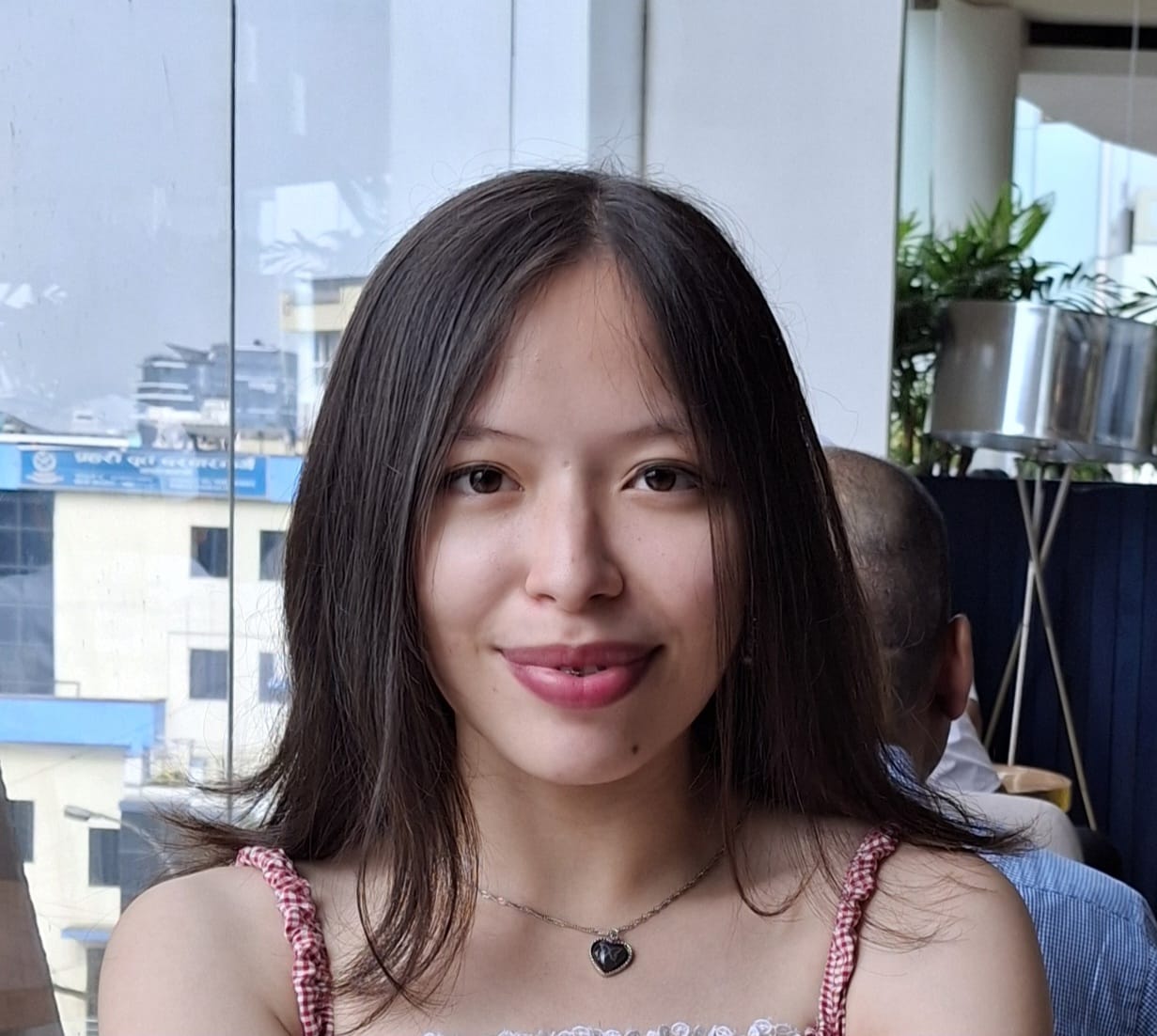National
Activists call for gender-friendly toilets across cities
Creating gender-inclusive restrooms in existing facilities is a solution, one of them says.
Manushree Mahat
Abena Katwal avoided toilets in her high school as using them would subject her to discomfort from her peers. Katwal is a transgender woman. All the toilets in her school were labelled either ‘Male’ or ‘Female’ and she didn’t feel comfortable using either of them as that would bring her unwanted scrutiny.
And so, Katwal would have to go the whole day without relieving herself. Having experienced this discomfort for so long, Katwal wishes there were more gender-friendly toilets in the city, ones she could use without any inhibition and without having to fear for her safety.
“It’s not just me—this is something that the entire [transgender] community experiences,” says Katwal, who is 21.
Katwal, and most of the transgender community, want not just a separate transgender toilet. They want gender-friendly and disability-friendly toilets to be more common around the country.
“We want restrooms where all the queer people and those with disabilities feel safe and comfortable to use,” Katwal says. She has also been involved in awareness programmes regarding queer issues with various other organisations, including BDS.
It isn’t that gender-inclusive toilets have not already made their way into the country. But they are an exception, rather than the norm. In 2012, Nepal’s first gender-inclusive public toilet was launched at Bageshwari Park in Nepalgunj, Banke. The toilet was the first-of-its-kind in the country, to be installed with the initiative of LGBTIQ activist Sunil Babu Pant and the queer-rights group the Blue Diamond Society (BDS) that he founded. They aimed to ensure greater safety and equality for queer community.
The gender inclusive toilet is still fully functioning in Nepalgunj, according to a representative of the ward committee concerned. But what about the rest of the country?
While the BDS has been continuously advocating for it, the adoption of gender-inclusive toilets in the country has been rather slow. BDS members say they have been nudging representatives from schools and colleges to make their institutions more gender-inclusive. But that has yet to yield the desired result.
“It seems like they [the representatives] are listening, but eventually nothing comes of it,” says Katwal.
Anamika Chhetri, a non-binary individual, feels similar discomfort when it comes to toilets labelled ‘male’ and ‘female’. They’ve had similar discomfiting experiences when using public restrooms in the country. Apart from the general discomfort of being looked at differently by people, they have also had an experience of being denied using a restroom at a bus station.
They also recall a time when they were stopped from using both the ‘female’ and ‘male’ restrooms.
“I dress in neither fully feminine nor masculine attire—there’s always a bit of cross-dressing involved,” Chhetri says. “They looked at me and labelled me ‘different’. They then just straight-up told me that I was not allowed to use the restrooms there.”
Chhetri often themselves grapple with the dilemma of having to choose the toilet they can go to. ‘Male’ and ‘Female’ categories do not specify their identity and gender-inclusive toilets would have a positive psychological impact on them.
“Gender-inclusive toilets are very important to us, as people often judge us by the way we look,” Chhetri says. “If these toilets were common in the public space, we’d feel less comfortable with having to question ourselves on which toilet to use, and avoid people’s judgements.”
Although Bhumika Shrestha of Blue Diamond Society agrees that gender-neutral bathrooms could significantly increase the quality of life among the queer community, she also believes that separation of these toilets could fuel existing disparities. Categorising restrooms as ‘for third-gender’, for instance, may lead people to further ostracise queer people, Shrestha says.
The bottom line, therefore, is to create gender-inclusive restrooms in already existing restrooms, Shrestha adds.
When Balen Shah became the mayor of Kathmandu, he announced the construction of new toilets for the LBGTIQ community and for those with disabilities. Shrestha says that while discussions have taken place with both the mayor and deputy mayor regarding gender-inclusive restrooms, the talks have been centred around remaking the existing toilets to be gender inclusive.
“I don’t think it's possible to wholly construct new toilets for the community,” Shrestha says. “Just having gender-inclusive bathrooms would be helpful and make things a lot more convenient.”
According to the spokesperson for the Kathmandu Metropolitan City, due to lack of enough land, constructing new toilets was not possible. But the office has been revising the old ones to be both queer-friendly, as well as disability-friendly.
“We have also been renovating restaurants, petrol pumps, and other public spaces to have inclusive toilets,” Nabin Manandhar says.
Gender-friendly and disability-friendly toilets have already been renovated around Baneshwar and the Department of Passports at Tripureshwar, among other places, says Manandhar.
Gender-neutral toilets have been installed in the country to a certain extent. The UNDP office in Lalitpur has one on its grounds that is both gender- and disability-inclusive. According to Simrika Sharma, Head of UN information centre, with this, the organisation aimed to foster equality.
“One of our significant works is to encourage equality, and this was one of our initiatives to do so,” Sharma says.
According to Chhetri, the non-binary individual, there is also one in the FPAN clinic, Pulchowk.
There are also restaurants and cafes that have opted to install one restroom for all instead of limiting it to ‘male’ and ‘female’.
With existing prejudice in the country regarding transgender and gender non-conforming individuals, gender-inclusive toilets could go a long way in easing the discomfort and lessening harassment directed towards the community, say activists.
“I still have to hear stories from the LGBTIQ community about how they refrain from drinking water just to avoid using public restrooms,” Shrestha says. “Gender-inclusive toilets ensure they won’t have to carry that unnecessary weight around.”




 9.12°C Kathmandu
9.12°C Kathmandu









%20(1).jpg&w=300&height=200)





